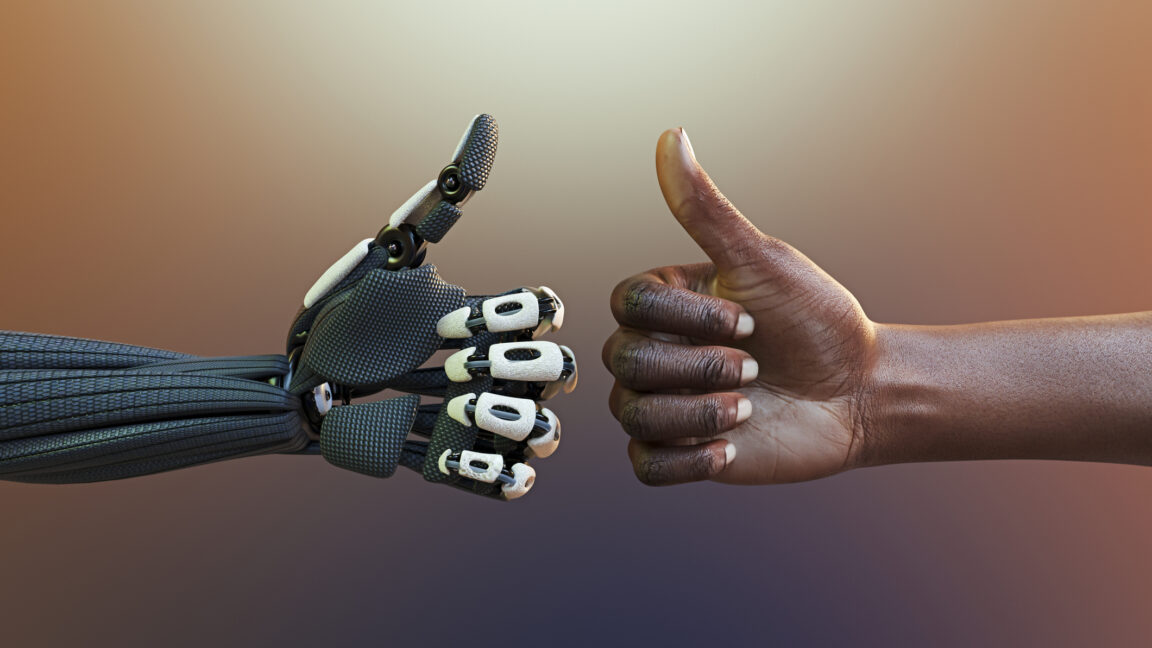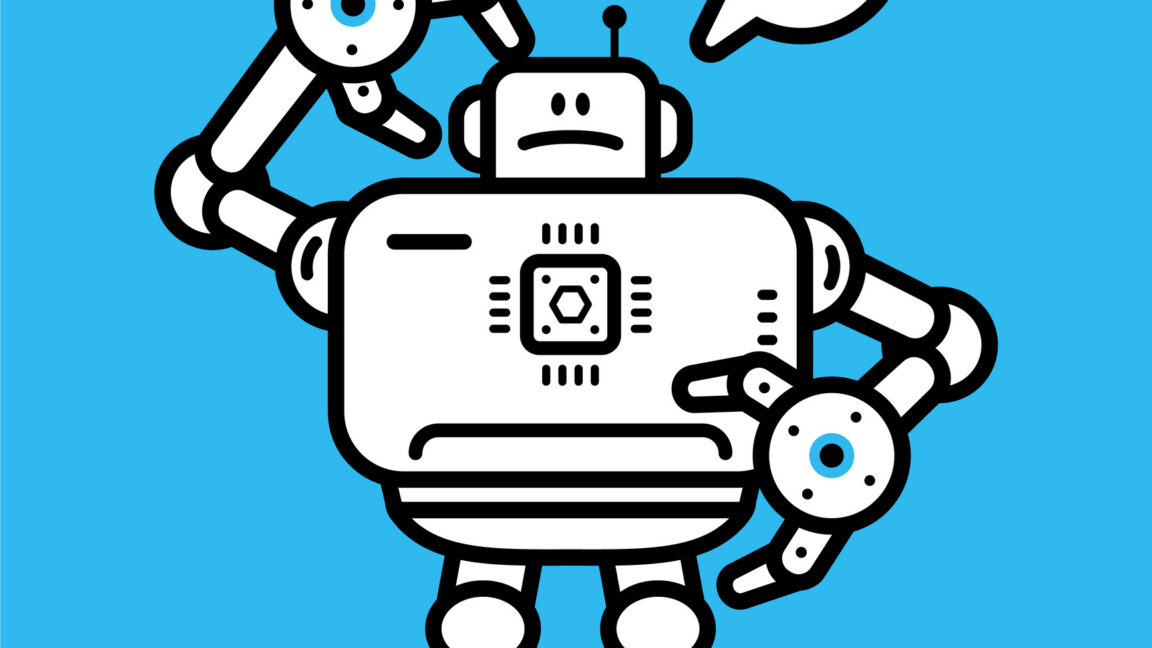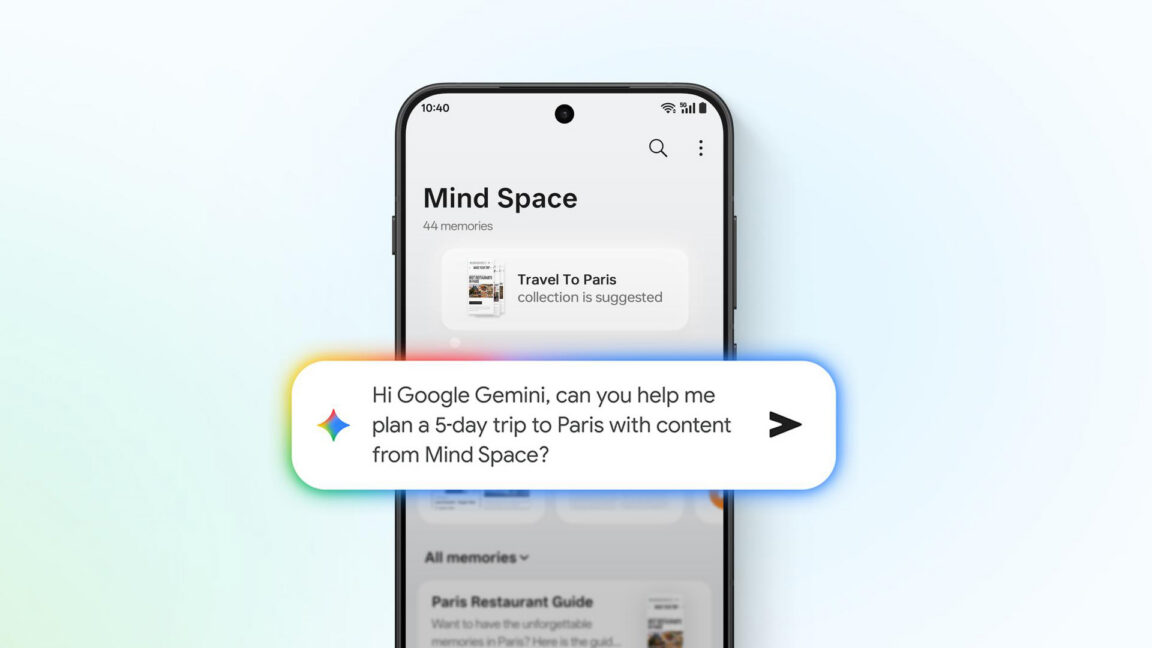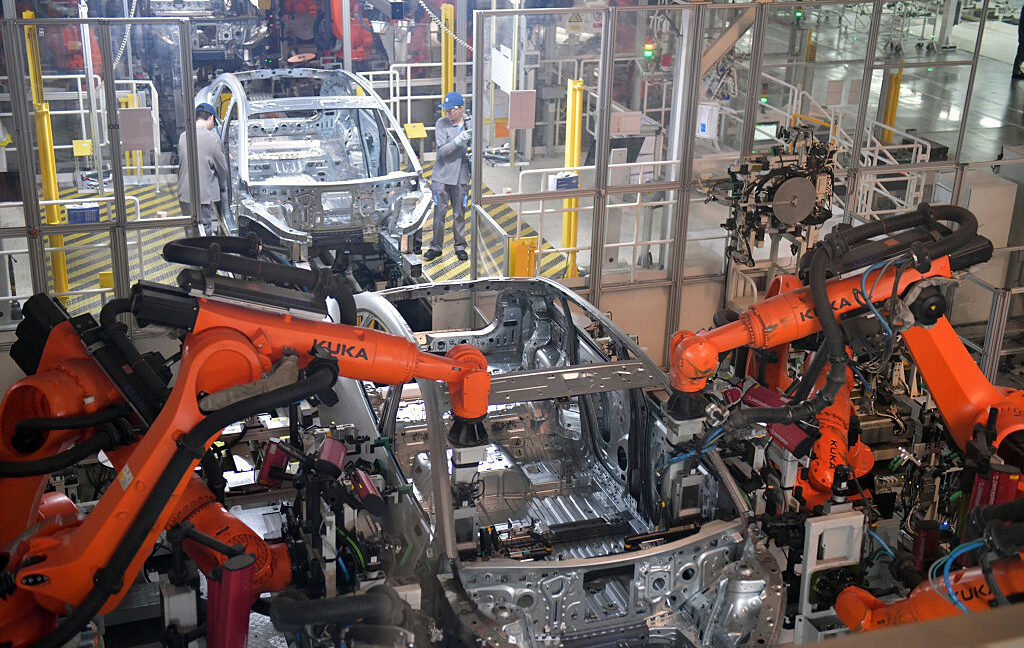Introduction to AI Summaries
The use of artificial intelligence (AI) to generate summaries of scientific papers has been a topic of interest in recent years. A study was conducted by the American Association for the Advancement of Science (AAAS) to evaluate the quality of summaries generated by ChatGPT, a popular AI model. The study involved a group of journalists who were asked to rate the summaries based on their feasibility, compellingness, and overall quality.
Quantitative Survey Results
The quantitative survey results showed that the ChatGPT summaries were not up to par. On a scale of 1 to 5, the average summary rated a score of 2.26 for feasibility and 2.14 for compellingness. Only one summary earned a perfect score of 5, while 30 summaries received a score of 1. These results indicate that the ChatGPT summaries were not effective in conveying the main points of the scientific papers.
Qualitative Assessments
The journalists were also asked to provide qualitative assessments of the summaries. They noted that ChatGPT often conflated correlation and causation, failed to provide context, and overhyped results. The AI model tended to use words like "groundbreaking" and "novel" excessively, although this behavior improved when the prompts specifically addressed it. The journalists concluded that ChatGPT was good at transcribing the content of scientific papers but weak at translating the findings into meaningful insights.
Limitations of ChatGPT
The study highlighted several limitations of ChatGPT. The AI model struggled to summarize papers with multiple differing results or to combine two related papers into a single brief. The journalists also expressed concerns about the factual accuracy of the summaries, noting that extensive fact-checking would be required to ensure their accuracy. This would defeat the purpose of using AI-generated summaries, as it would require just as much effort as drafting summaries from scratch.
Comparison to Human-Authored Content
The tone and style of ChatGPT summaries were often similar to human-authored content, but the quality and accuracy were not comparable. The journalists noted that using ChatGPT summaries as a starting point for human editing would require significant effort to ensure factual accuracy. This suggests that AI-generated summaries are not yet ready to replace human-authored content, at least not in the field of scientific research.
Conclusion
The study conducted by the AAAS highlights the limitations of ChatGPT in generating high-quality summaries of scientific papers. While the AI model may be useful for certain tasks, it is not yet capable of replacing human authors in terms of quality and accuracy. The results of this study are consistent with previous research that has shown AI models to be prone to errors and inaccuracies. As AI technology continues to evolve, it will be important to address these limitations and develop more effective models for generating high-quality summaries.
FAQs
- What was the purpose of the study conducted by the AAAS?
The purpose of the study was to evaluate the quality of summaries generated by ChatGPT, a popular AI model. - What were the main limitations of ChatGPT identified in the study?
The main limitations of ChatGPT were its inability to translate findings into meaningful insights, its tendency to conflate correlation and causation, and its lack of factual accuracy. - Can ChatGPT summaries replace human-authored content?
No, the study suggests that ChatGPT summaries are not yet ready to replace human-authored content, at least not in the field of scientific research. - What is the potential for future improvements in AI-generated summaries?
The potential for future improvements is significant, as AI technology continues to evolve and develop. However, addressing the limitations identified in this study will be crucial to developing more effective models for generating high-quality summaries.











